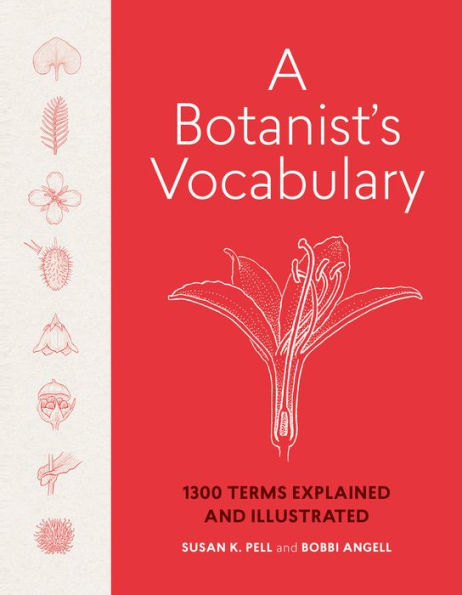Read an Excerpt
Introduction
There is an inherent curiosity among gardeners and naturalists that manifests itself in our conversations and actions. We are the ones making note of a plant label in a botanical garden to go back home to learn more or possibly locate one for our own garden. To us, a fallen blossom on a path begs to be pulled apart and examined up close with a hand lens. A rare plant catalog or a new book about an interesting genus are likely to captivate us for hours. Gardeners and naturalists discuss their observations, noting the first buds that emerge in the spring, describing an unusual feature on a particular plant, sharing cultivation tips for difficult habitats, or giving directions to obscure but botanically wonderful locations. We apply common names as well as Latin names to discuss the plants we encounter or cultivate along the way. We describe the colors, shapes, and textures of the plants, the growth forms and fruit characteristics, but often inadequately, perhaps not knowing the proper word to describe a particular feature, or knowing one word to describe it when our companion or manual uses a different word. We may recognize that there is no such thing as a typical flower, no basic leaf shape or growth habit, but we often cannot come up with the descriptive term for the complex and the unusual. Such terms help us to categorize and organize the world in which we are so intimately involved. Learning and applying the correct term leads to a far better appreciation for the incredible diversity of plants, enables us to communicate our knowledge, and allows us to access an even more technical and in-depth body of literature to satisfy our interests in the botanical world.
We have attempted to define terms used by botanists, naturalists, and gardeners alike to describe plants. We have simplified and clarified as much as possible to encourage the use of a common language. The included terms mostly refer to plant structures and come from the horticultural and botanical literature and practice. Many, perhaps most, terms are not easily defined or illustrated. If they were, the botanical kingdom would not be as rich and engaging as it is. With infinite variety, petals and sepals sometimes adhere to each other to attract pollinators or facilitate pollination; male and female reproductive parts may fuse to form intricate unified columns; fruits have peculiar, sometimes complicated, mechanisms of seed dispersal. There are terms that apply only to a particular group of plants, such as orchids, grasses, or irises. Some apply to whole plants or ecosystems, while others are visible only under a microscope. Please wander through the book to recognize the easily applied terms and learn a few unusual ones, but also use the book as a reference when you are stumped by a field guide or a strange-looking fruit. We hope your newfound knowledge helps you gain an even greater appreciation for the world of plants.















